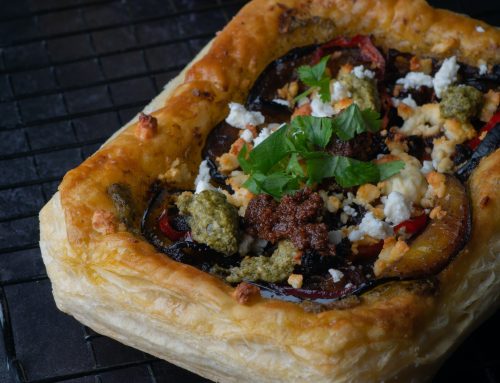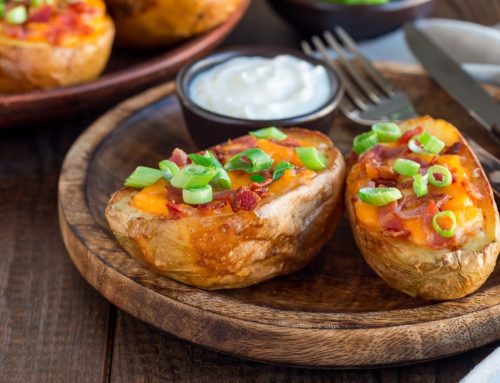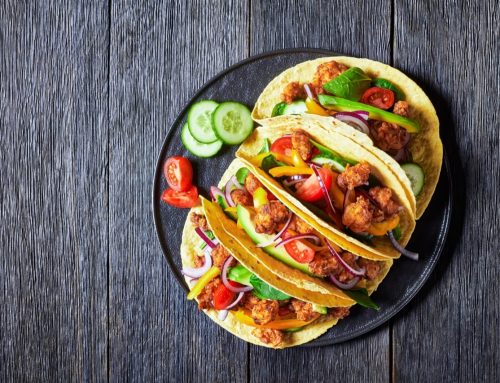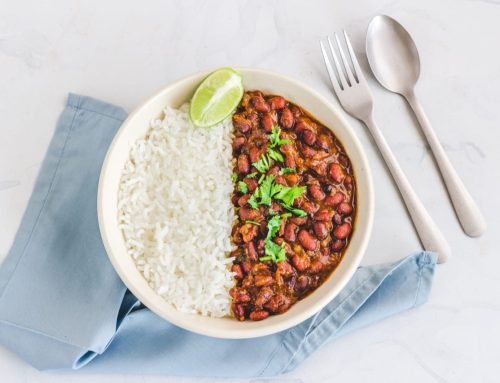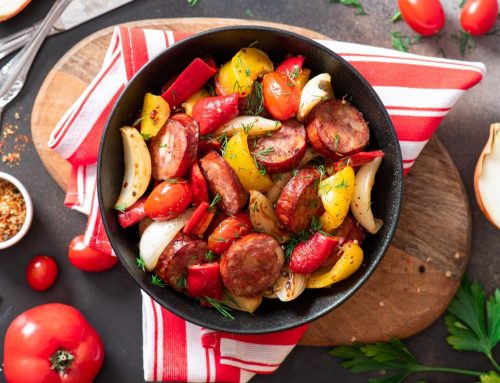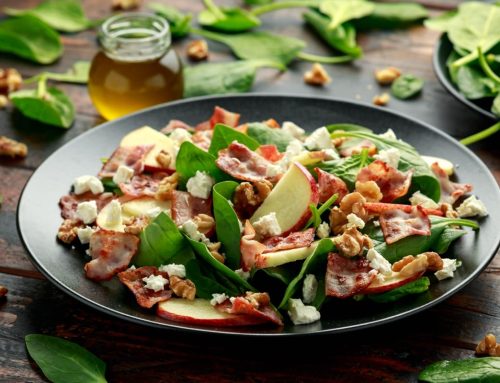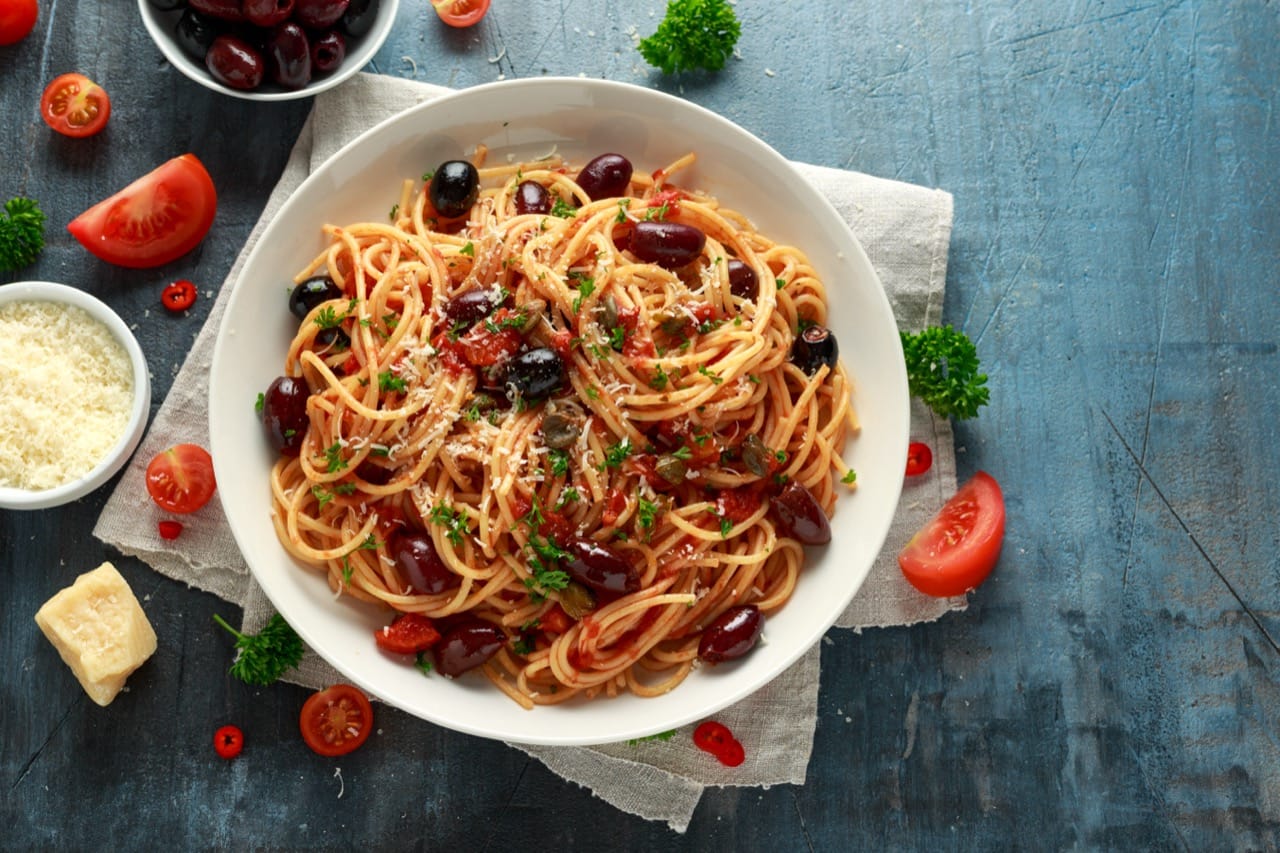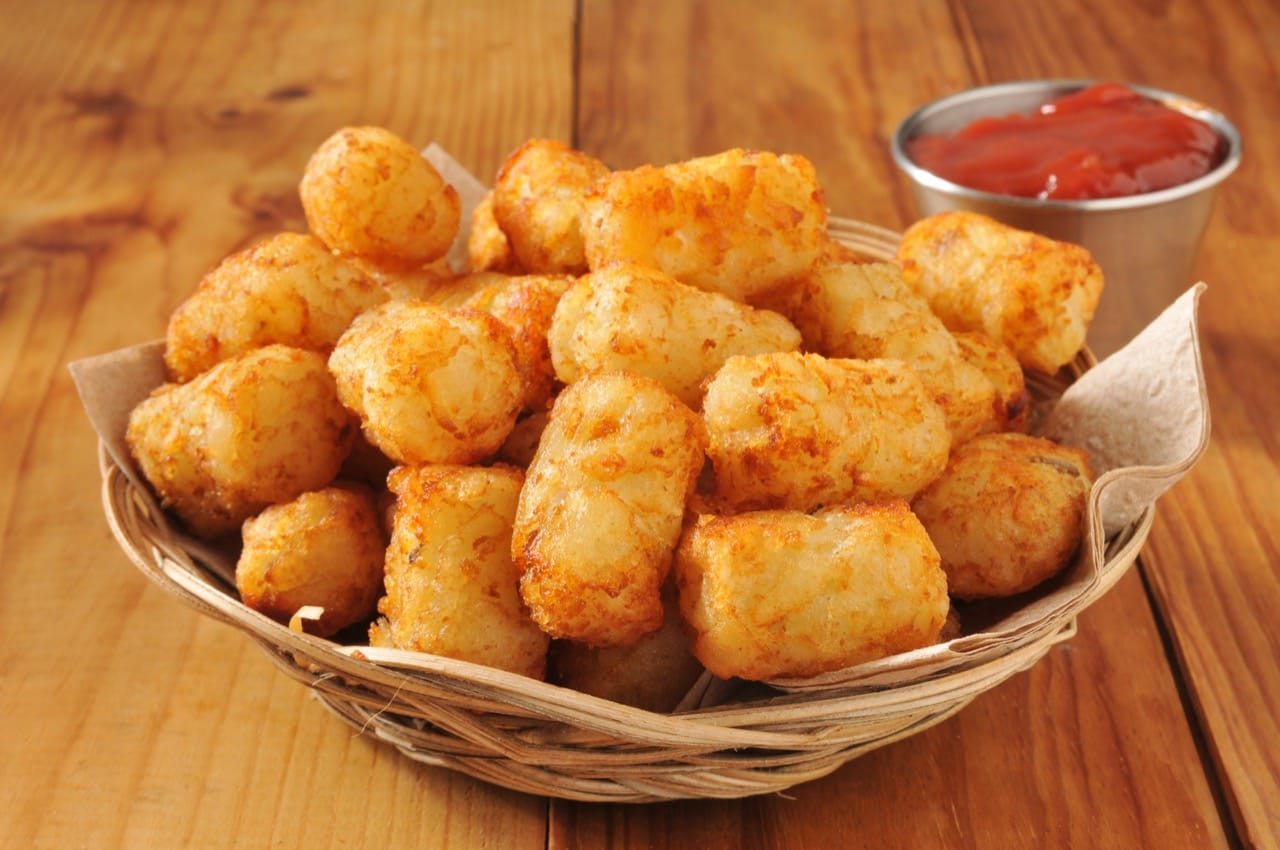In the world of culinary arts, the type of oven you use can make a significant difference in the outcome of a dish. While many are familiar with traditional ovens, or conventional ovens as they’re known, not everyone understands the distinct characteristics and benefits of convection ovens.
Conventional ovens, commonly found in most households, rely on stationary heat sources, typically emanating from the bottom and sometimes the top of the oven chamber. This often results in uneven cooking, with parts of the dish getting overcooked while others might remain undercooked. In essence, they operate on the principle of radiant heat, where the heat flows from a stagnant source.
Enter the convection oven. This innovative cooking appliance integrates fans to distribute hot air uniformly throughout the chamber. The primary advantage of this constant air movement is the achievement of a more consistent temperature across every nook and cranny of the oven. This not only eradicates the problem of hot spots but also tends to hasten the cooking process considerably.
Given the fundamental differences between these two types of ovens, adapting recipes becomes crucial. If you’re making a dish that specifies a particular type of oven, adjustments will be necessary if you’re using the other kind. Let’s delve into the nitty-gritty of these conversions:
- Temperature Adjustments: As a rule of thumb, if you’re transitioning from a conventional oven recipe to a convection oven, it’s advisable to decrease the temperature by 25 degrees. For instance, if your original recipe stipulates baking at 350 degrees in a conventional oven, you’d set your convection oven to 325 degrees. On the flip side, if the recipe is meant for a 350-degree convection oven setting, you’d need to ramp up the temperature to 375 degrees for a conventional oven.
- Cooking Time Considerations: Due to the efficient heat distribution mechanism in convection ovens, the cooking time is often reduced. It’s essential to keep a vigilant eye on your dish, anticipating that it might be ready sooner than expected. Some culinary experts opine that dishes prepared in convection ovens can be done up to 25% faster than their conventional oven counterparts. However, it’s worth noting that this ratio can vary depending on the specific oven model and the nature of the dish being prepared.
While both ovens have their unique merits, understanding the nuances of each and knowing how to convert recipes appropriately will ensure your culinary creations are always perfectly done.



